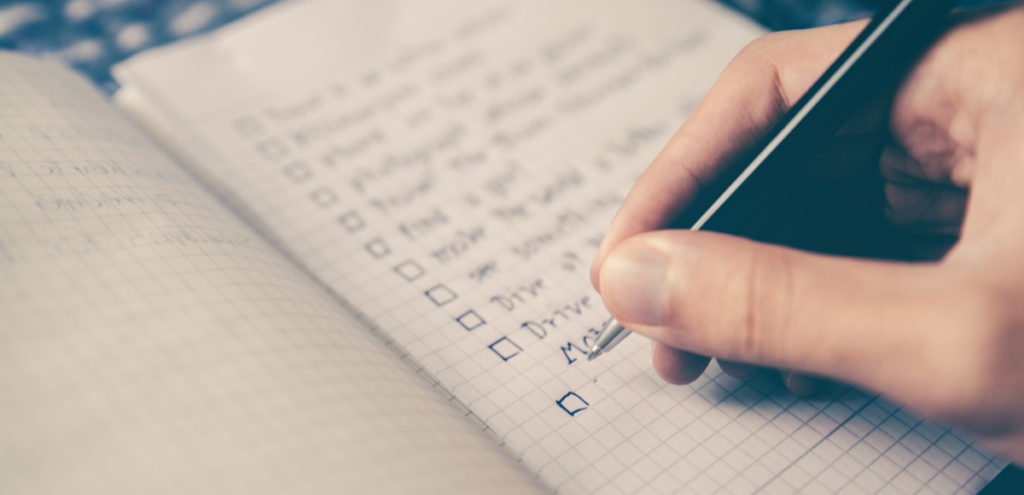One of the mistakes I see Thelemites commonly make is confusing things with the spirit they’re supposed to embody. So a similarity between two things is taken to mean they’re the same thing, and all sorts of erroneous implications are drawn.
Approaching Thelemic Magick
It’s hard to understand what Thelemic magick is if you begin from the premise that it is a subset or sub-genre of ceremonial magick.
For one thing, it makes it hard to understand what the Thelemic part of Thelemic magick is supposed to be. Is it just ceremonial magick in the Golden Dawn style but with different godnames used? I was badly pronouncing Hebrew at the walls before; now I’m badly pronouncing Greek. What difference should that make?
That leads to the idea that doing Thelemic magick just means adding Nuit, Hadit, Ra-Hoor-Khuit, etc., to the retinue of deities one practices with. It accommodates Thelemic magick to contemporary paganism.
Is Thelemic magick just ceremonial magick or Egyptian-flavored paganism but somehow … willing it more? Like I was a practicing occultist before, but somehow I wasn’t choosing to do it or wasn’t enthusiastic enough about it?
Or is it doing magick or devotion, but while doing these practices, I add the idea that I’m a god? I’m doing my LBRP as I was before, but in the middle of it I’m stopping to think, “I’m such a badass!”? Or when a spirit shows up during an evocation, I stop to remind it that I’m on an equal or greater footing than it?
Or maybe it’s practicing occultism but doing more drugs or sleeping with more people. Of course, when I say “doing more drugs,” I don’t mean meth or fentanyl; I mean “spiritual” drugs like pot or DMT. And when I say “sleeping with more people,” I mean doing it in a state where people still have access to reproductive health.
In other words, I mean ceremonial magick plus permissiveness with the safety net afforded by an affluent lifestyle and Democratic control at the state level—both of which are becoming rare in our failing democracy.
Or perhaps Thelemic magick is ceremonial magick, just with a particular aim such as Knowledge and Conversation of one’s Holy Guardian Angel. I think this is probably the best (mis)understanding of Thelemic magick, although it doesn’t help explain why Crowley also suggested so many non-magical practices to attain K&C, nor what the philosophy of true will is supposed to do to inform those practices.
Then you also have to make sense of Crowley’s strange definition of magick: the science and art of causing change to occur in conformity with will. His definition of magick encompasses all effective human action. This leads to a total secularization of Thelema where it becomes self-help or life advice—and not terribly effective advice at that, unless you start adding Ikigai, Why Discovery, or psychotherapeutic concepts to it.
And then after giving such a definition of magick, why does Crowley then go on to explain principles of ritual, magical formulae, purification, consecration, i.e., all the normal dimensions of ceremonial magick?
Because of these inconsistencies and seeming lack of coherence, it took me many years to even begin to understand what Thelemic magick was supposed to be and how it was supposed to relate to ceremonial magick or other spiritual practices.
The breakthrough for me occurred when I read this:
The method of Magick: Love the mode in which Will operates. The method of Magick in this—and in all—Work is: “love under will.” The word love (Ἀγάπη in Greek) has the value of 93, like that of Θελημα, will. This implies that love and will are in truth one and the same, two phases of one theme. Love is thus shown as the means by which will may be brought to success.
Djeridensis Comment on AL I.55-56
What I realized is that, while Thelemic magick may involve agency and the choices we make—spiritual or secular—it has a more original sense than that. It has to do with the dynamic coupling between Nuit and Hadit which gives rise to our sense that we are selves with a world in the first place.
In other words, magick is not first and foremost a form of human choice or spiritual practice. It’s a process occurring in reality which gives rise to our sense of choice and our sense of self—in the same way the operation of the Ruach is dependent upon the functioning of the Neshamah.
And because magick as a dynamic process grounds our more basic sense of self and agency, our normal attempts at self-empowerment and conceptualization cannot adequately capture it.
Of course it can be theorized. That’s what Thelema is by my understanding. What I mean is that we can’t get to the bottom of the processes forming us in real time, at least not directly. We have to approach them indirectly and symbolically by means of spiritual practices.
Or to put it more accurately, spiritual practices represent this underlying process’s attempt to work with itself, to optimize itself away from perennial spiritual problems. It’s not doing it primarily at the level of beliefs but rather in a symbolic, embodied mode.
Thelemic magick is the magick of magick. It is the power of human flourishing taking interest in itself.
It is Ἀγάπη.
Eucharistic Magick Cheatsheet

I recently did a video called DIY Eucharistic Magick wherein I broke down how to create your own ritual eucharist with items you probably have at home. For those who want a reminder of that procedure without having to watch the whole video again, I present this little cheatsheet.
Step One: Preliminaries
Chastity: Keep firmly in mind before, during, and immediately after the ritual that its purpose is to bring about union between you and your Holy Guardian Angel.
Fasting: Fast for a few hours beforehand.
Aspiration: Bring a degree of seriousness or religiosity to what you are about to do.
Step Two: Construct your Altar
You will need:
- An altar, preferably something waist-height while standing, but any table top with also do.
- A candle.
- Some incense.
- Some water and salt for purification.
- Elements for your eucharist—something to eat and something to drink are good.
Step Three: Prepare the Temple
Keeping in mind the three preliminaries mentioned above, purify and consecrate your temple space. This can be done in the following way:
Purification: Mixing some salt and some water, say, “Let the salt of earth admonish the water to bear the virtue of the great sea. Mother, be thou adored!” Then spring the water around you and on your altar and perhaps over you. Say, “For pure will, unassuaged of purpose, delivered from the lust of result is every way perfect.”
Consecration: Lighting the incense, say, “Let the fire and the air make sweet the world. Father, be thou adored.” Cense around you and over you and say, “I am uplifted in thine heart, and the kisses of the stars rain hard upon thy body.”
Step Four: Declare your Intent
Take an oath before the gods, stating what you are about to do. The following is one of several ways to do this:
“Do what thou wilt shall be the whole of the Law. It is my will to consummate this eucharist. That I may fortify my gross and subtle bodies thereby. That I may accomplish the great work. Love is the law, love under will.”
Step Five: Consecrate the Eucharist
Declare what the eucharist is, what you are about to do with it, and what the final outcome will be. You can use the IAO formula for this.
Declare what the eucharist is (I): In some sense declare the food to be the body of God and the drink to be the blood of God. In my example in the video, I treat the bread as the body and the water as the vitality or movement of God. Use your imagination here depending on what you choose as elements.
Declare what you will do with them (A): This ritual structure requires you to transform the elements in some way, usually breaking them or perhaps burning them. This can be looked at as a sacrifice or a transmutation. Declare that you will do this. Offering them to the Sun is a good analogy, as the Sun represents both unification and destruction.
Declare what the final outcome is (O): In the IAO formula, O is resurrection or eternal life. You can think of this as union with God/the Holy Guardian Angel. Declare that this is your ultimate purpose using words of your choice.
Step Six: The General Invocation
This is the invocation of the particular being or energy you hope to unite yourself with through the consumption of the eucharist. This could be a prayer of your creation to your Angel. It could be a prayer to Ra-Hoor-Khuit, such as I use in the video. It could be the “Unity uttermost showed!” portion of Liber AL. It could be the invocation of the Secret Lord from the Anthem of the Gnostic Mass. This is an invocation of your highest idea of divinity. Be creative.
Step Seven: Destruction of the Eucharist
“Sacrifice” the eucharist somehow. This is the enactment of the “A” portion you described above. You could break the food, combine the elements somehow, maybe burn a portion, mix it with blood, bodily fluids, or smoke. Use your imagination to transform/transmute the elements, thereby releasing their spiritual potentials.
Step Eight: Consumption of the Eucharist
Again with the Preliminaries mentioned above in mind, solemnly consume the elements of the eucharist. Observe a short moment of silence after.
Step Nine: Declare your Union with God
Using words and gestures of your choice, declare your union with the God invoked in Step Six. This is the enactment of the “O” portion you described above. You can cross your arms and say, “There is no part of me that is not of the gods” or “I am clothed with the body of flesh, I am one with the eternal or omnipotent god.” Or you can create something of your own.
And that’s all there is to it! I broke it out into more steps here than in the video, so hopefully it’s a little easier to understand.
If you use this method to create your own ritual, record and post it on Youtube or let me know! Good luck!


